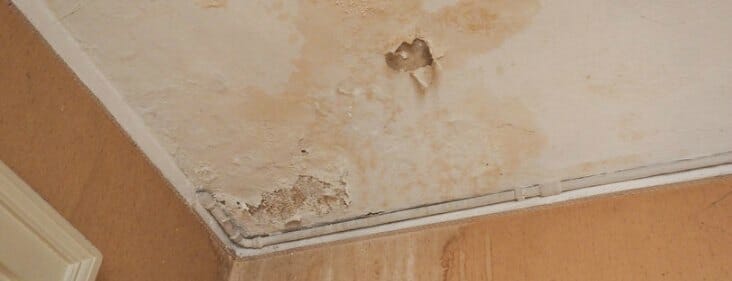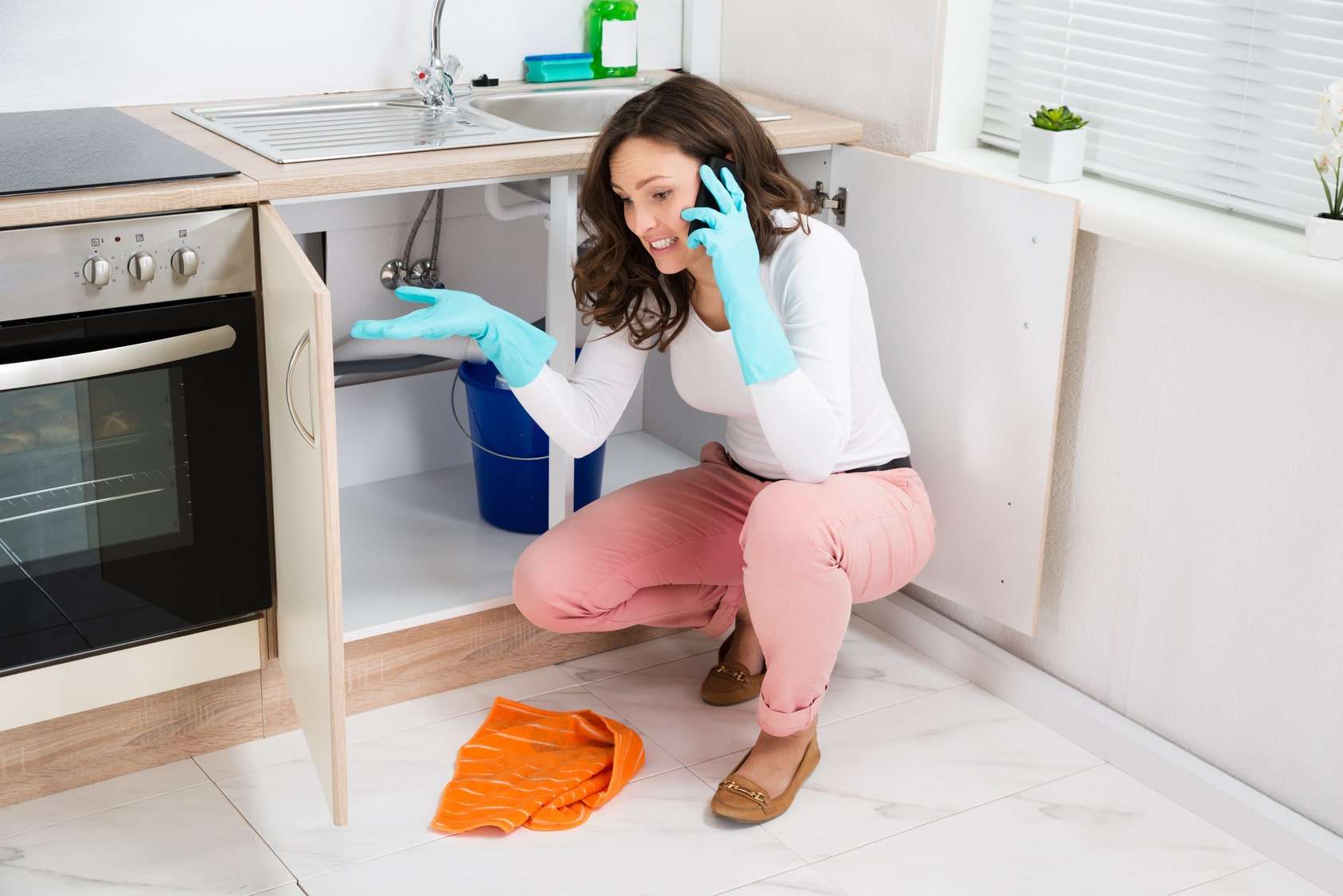Here in the next paragraph you can find a bunch of outstanding information and facts pertaining to How to detect water leaks in your home.

Leakages not just trigger waste of water but can likewise cause unnecessary damage to your residence and advertise unwanted natural development. By comprehending and also looking for daily circumstances that trigger leakages, you can shield your house from future leakages and also unnecessary damages.
Instantaneous temperature level changes.
Severe temperature level changes in our pipelines can cause them to expand and also acquire unexpectedly. This development as well as tightening may cause fractures in the pipes, specifically if the temperature level are listed below cold.
Rusty water systems
This may be the reason of staining or warping on your water pipes. If our plumbing system is old, consider replacing the pipelines because they are at a greater threat of deterioration than the more recent versions.
Defective Pipeline Joints
The factor at which your pipes attach is regularly the weakest web link in the waterline. Pipeline joints can deteriorate with time, resulting in water leakages. The majority of pipeline joints are not easily visible. If you have noisy pipes that make ticking or banging sounds, especially when the hot water is turned on, your pipe joints are most likely under a lot of stress. It is recommended to have your plumber evaluate your system once a year.
Intruding origins
The majority of water leaks start outside the home instead than inside it. You might observe damp spots or sinkholes in your yard, and that may indicate that tree origins are attacking water lines causing water to leak out.
Poor Water Connectors
At times, a leak can be triggered by loose pipes and pipes that provide your devices. In instance of a water connections leakage, you may see water running straight from the supply line or puddles around your home appliances.
Clogged Drains
Blocked drains could be irritating and inconveniencing, yet they can often end up triggering an overflow leading to break pipelines. Keep eliminating any kind of materials that may drop your drains pipes that can clog them to avoid such hassles.
All the above are reasons for leaks yet not all water leakages arise from plumbing leakages; some leakages might come from roofing leakages. All leakages must be fixed promptly to stay clear of water damages.
Leakages not only cause waste of water but can also cause unnecessary damages to your house and promote unwanted natural development. By looking and also recognizing for daily circumstances that trigger leaks, you can secure your residence from future leaks as well as unneeded damage. Today, we will certainly look at six leakage creates that might be triggering your pipes to drip.
At times, a leak can be caused by loose hose pipes as well as pipes that provide your devices. In instance of a water links leakage, you might see water running straight from the supply line or puddles around your devices.
How To Check For Water Leak In Your Home
How To Check for Leaks
The average household's leaks can account for nearly 10,000 gallons of water wasted every year and ten percent of homes have leaks that waste 90 gallons or more per day. Common types of leaks found in the home are worn toilet flappers, dripping faucets, and other leaking valves. These types of leaks are often easy to fix, requiring only a few tools and hardware that can pay for themselves in water savings. Fixing easily corrected household water leaks can save homeowners about 10 percent on their water bills.
To check for leaks in your home, you first need to determine whether you're wasting water and then identify the source of the leak. Here are some tips for finding leaks:
Take a look at your water usage during a colder month, such as January or February. If a family of four exceeds 12,000 gallons per month, there are serious leaks.
Check your water meter before and after a two-hour period when no water is being used. If the meter changes at all, you probably have a leak.
Identify toilet leaks by placing a drop of food coloring in the toilet tank. If any color shows up in the bowl after 10 minutes, you have a leak. (Be sure to flush immediately after the experiment to avoid staining the tank.)
Examine faucet gaskets and pipe fittings for any water on the outside of the pipe to check for surface leaks.
Undetected water leaks can happen without the home or business owner even realizing. If you suspect a water leak, but not able to find the source. It is time to contact a professional water leak detection service, The Leak Doctor.
How To Find a Water Leak In Your Home
https://www.leakdoctor.com/blog/How-To-Check-For-Water-Leak-In-Your-Home_AE197.html

I discovered that blog post about How to detect water leaks in your home while perusing the search engines. Sharing is nice. You just don't know, you could be helping someone out. Thank-you for going through it.
Secure fix? Ring!